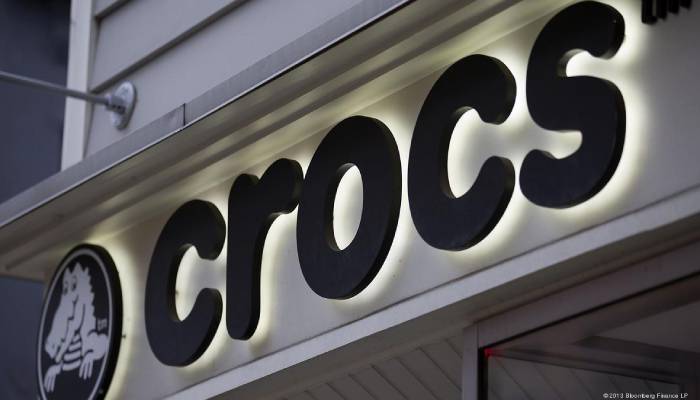
or

Intellectual Property Rights gives protection to an intellectual creator certain rights to protect and exploit its intellectual goods for a limited period of time. To achieve this, the rights are divided into different types to facilitate proper protection for different kinds of intellectual creations. Sometimes the IP rights overlap amongst each other, however it is important to keep in mind that the aim and objective behind each IP legislation is distinct. Recently, one such issue, of overlap between Design Rights and Trademark, arose before the Delhi High Court (hereinafter referred to as ‘the Court’) in the case of Crocs Inc v. Aqualite India Limited & Anr. The Court opined that Design cannot constitute trademark. It made it clear that once a person registers for an IP right, which in this case was Design right, he/she can only get benefits which are granted by the statute. It held that the only inference from a harmonious reading of the law relating to trademark and the law relating to designs is, that what is registered as a design cannot be a trademark, not only during the period of registration as a design but even thereafter.
It was held by the Court that a registered design confers on the registrant, only the right to restrain another from infringing the design and not to, also claiming the registered design as its trademark/trade dress, restrain another from passing off its goods as that of the registrant, by copying the registered design. The Court reasoned that: • Perusal of the statement of objects and reasons for enactment of the Designs Act, 2000 showed the same to have been enacted.
The Legislature in its wisdom chose to legislate separately for features of shape, configuration, pattern, ornament or composition of lines or colors applied to any article by enacting the Designs Act, 2000 and granting protection to them for a maximum period of 20 years. To hold, that though the legislative intent is to protect such features from use by another, for a limited period of 20 years only and to after the expiry of the said 20 years, allow the same to be used by others, the said features, though not permitted to be used as a trademark during the period of registration, after the said period qualify as a trademark and are protected from use by other, would again defeat the legislative intent.
The Court thus held that a registered design cannot constitute a trademark; however, if there are features other than those registered as a design and are shown to be used as a trademark and with respect whereto goodwill has been acquired, it is only those extra features which can be protected as a trademark. A registrant of a design would thus be entitled to maintain an action for passing off against other, not by showing that such another has adopted the registered design of the registrant but by showing that the product of such registrant, besides the registered design, also has other/extra features and goodwill in respect whereof has accrued and which extra features have been adopted / copied by another. For copying registered design however, only an action for infringement under the Designs Act would lie.
Lucy Rana is a Partner at S.S. Rana & Co. Her practice is focused on Intellectual Property and Corporate Law with emphasis on luxury goods, F&B, FMCG, hospitality, E-commerce, Information technology, automobile, sports and fitness, media and entertainment and the gaming industry industries. Lucy assists both multinational corporations and grassroot startups on all aspects of brand development from inception through international and national expansion and beyond.
Isheta Srivastava is an Associate Advocate at S.S. Rana & Co., a premier Intellectual Property Law Firm. She is a registered Advocate with Bar Council of India. She has completed her graduation from Symbiosis Law School, Noida and has done her Masters in Intellectual and Technology Law from National University of Singapore. She is skilled in Research and her areas of focus Intellectual Property Rights, Innovation and Information policy.

Lex Witness Bureau

Lex Witness Bureau

Lex Witness Bureau

For over 10 years, since its inception in 2009 as a monthly, Lex Witness has become India’s most credible platform for the legal luminaries to opine, comment and share their views. more...
Connect Us:


The Grand Masters - A Corporate Counsel Legal Best Practices Summit Series
www.grandmasters.in | 8 Years & Counting
The Real Estate & Construction Legal Summit
www.rcls.in | 8 Years & Counting
The Information Technology Legal Summit
www.itlegalsummit.com | 8 Years & Counting
The Banking & Finance Legal Summit
www.bfls.in | 8 Years & Counting
The Media, Advertising and Entertainment Legal Summit
www.maels.in | 8 Years & Counting
The Pharma Legal & Compliance Summit
www.plcs.co.in | 8 Years & Counting
We at Lex Witness strategically assist firms in reaching out to the relevant audience sets through various knowledge sharing initiatives. Here are some more info decks for you to know us better.
Copyright © 2020 Lex Witness - India's 1st Magazine on Legal & Corporate Affairs Rights of Admission Reserved